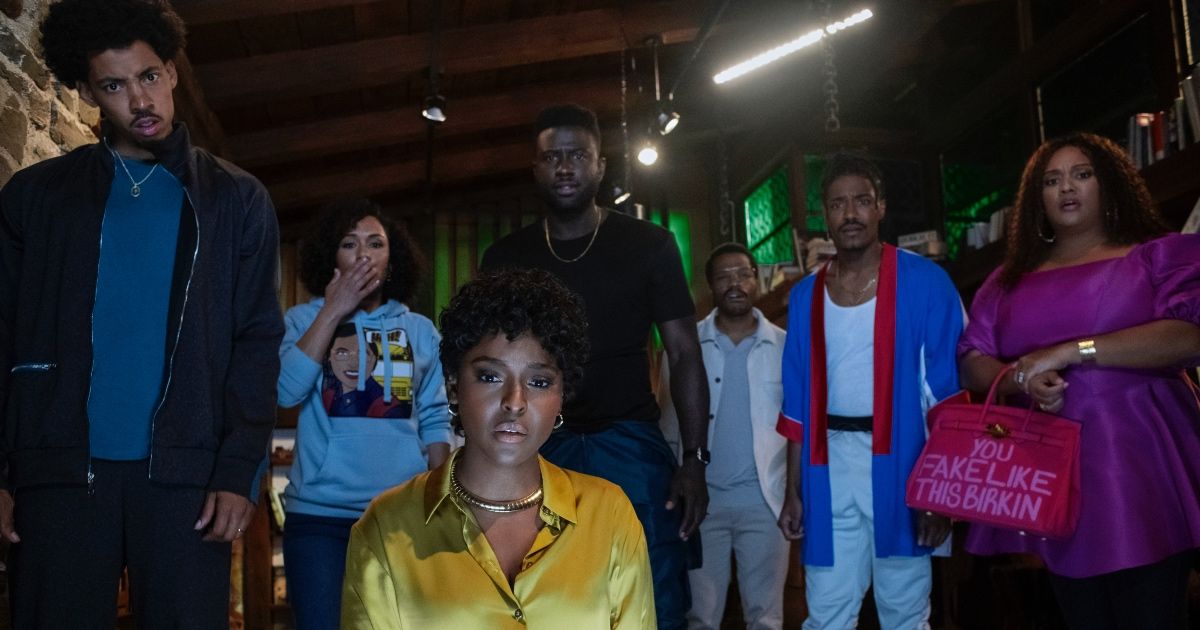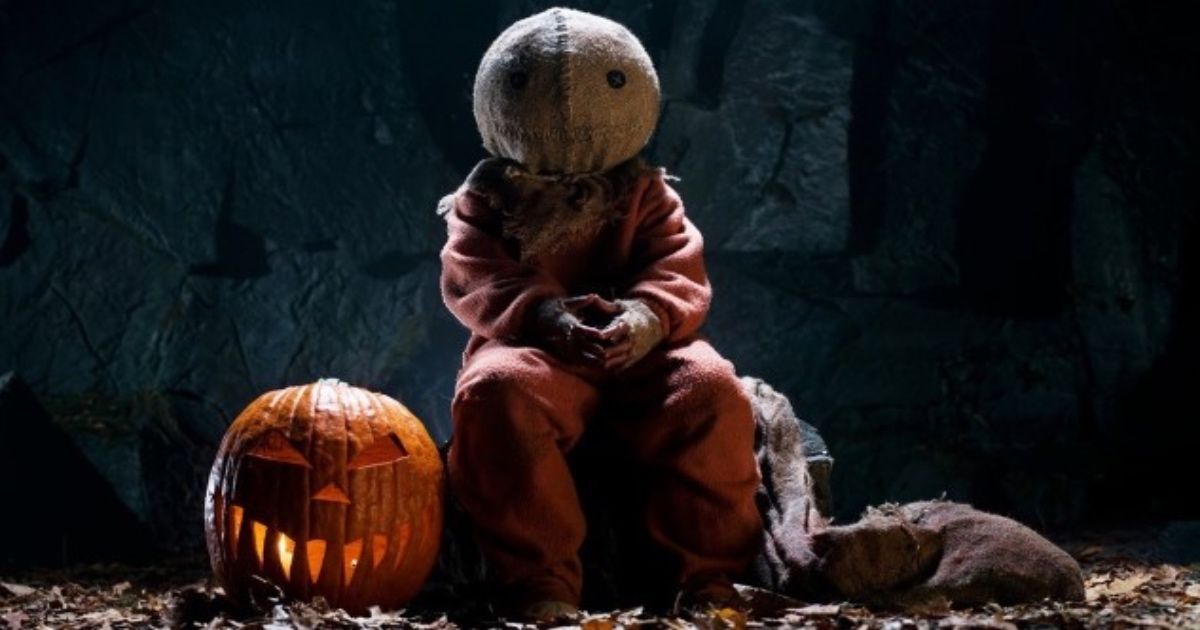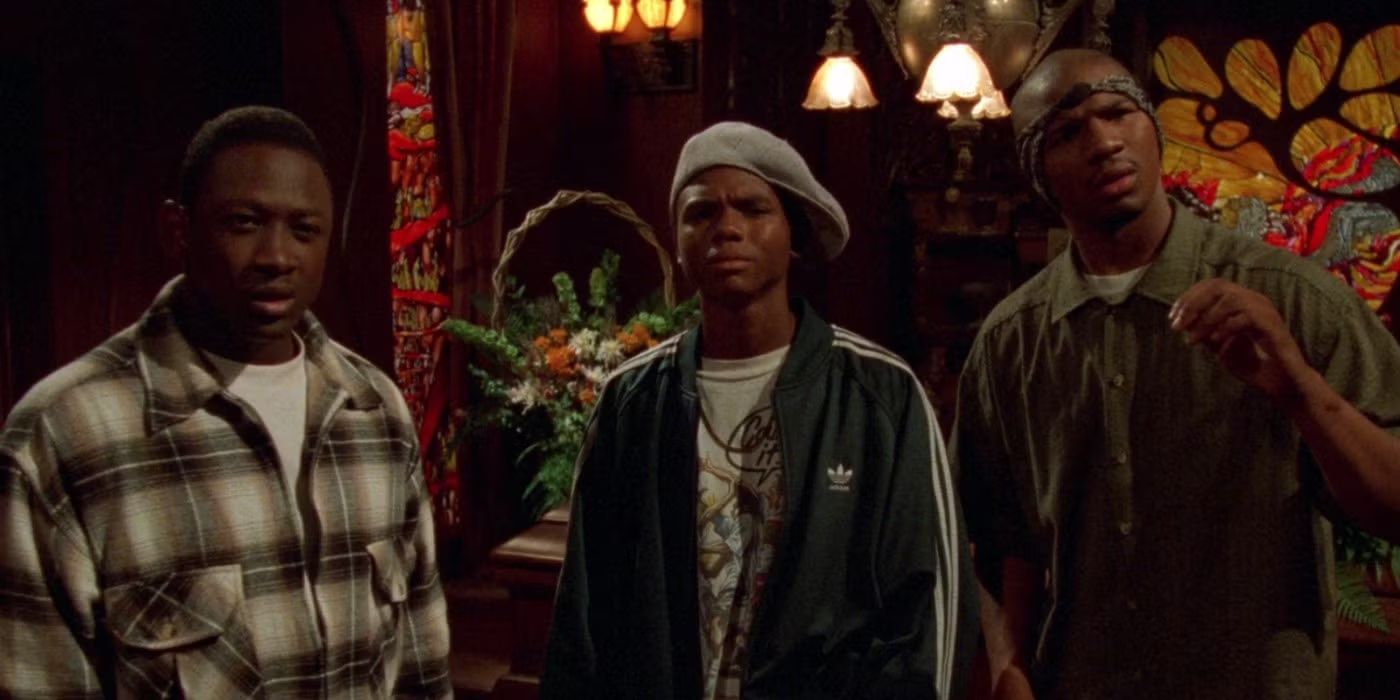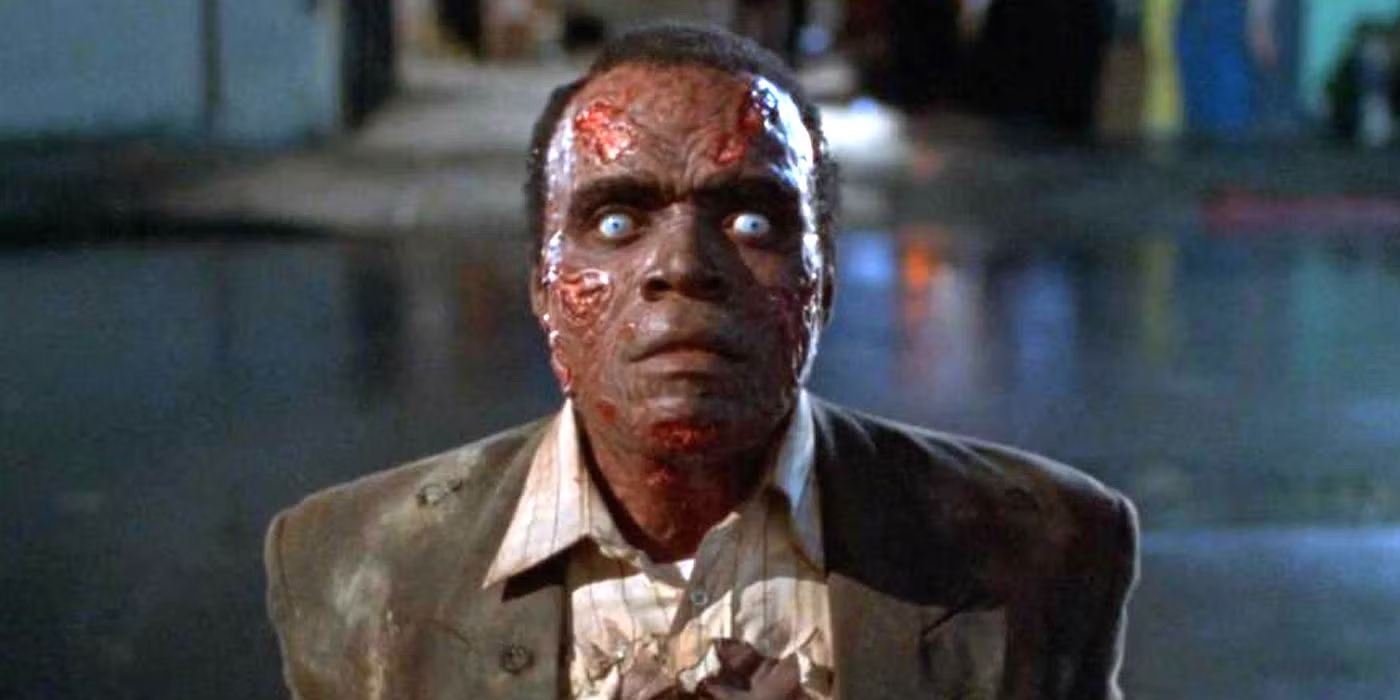As historian Robin R. Means Coleman reminded everyone in the 2019 documentary Horror Noire: A History of Black Horror, there’s always been an appetite for horror movies among Black audiences, even if the industry hasn’t always done much to reach them. While there were some examples that came before, like 1972’s Blacula and 1973’s Ganja & Hess, a watershed film in Black horror history just celebrated its 30th birthday on May 24.
That would be Tales from the Hood, Rusty Cundieff’s horror anthology film. While it was met with mixed reception upon release, it’s gone on to become a cult classic, paving the way for future horror movies centered on Black characters like Jordan Peele’s Get Out and Justin Simien’s Bad Hair. And with the movie currently free to stream (with ads, sorry) on YouTube, it’s the perfect time to revisit this sneakily influential gem.
‘Tales from the Hood’s Origins
Tales from the Hood takes inspiration from fellow anthologies like Tales from the Crypt and its ilk, telling horror stories with a moral bent where wrongdoers face supernatural punishment. After the release of his first film, the 1993 hip-hop mockumentary Fear of a Black Hat, Cundieff knew he wanted to try his hand at the horror genre. Inspired by his upbringing, raised by politically engaged parents, he wanted the film to touch on real issues affecting the Black community.
The film’s four main stories each tackle a timely social issue, touching on police abuse in “Rogue Cop Revelation,” domestic violence in “Boys Do Get Bruised,” the legacy of white supremacy in “KKK Comeuppance,” and the corrosive effect of gun violence in “Hard-Core Convert.” Spike Lee serves as executive producer, and his stamp is all over the film, particularly in “Rogue Cop Revelation” and “Hard-Core Convert,” which incorporate real footage. But rather than be overly grim or serious, Cundieff also makes sure to deliver a highly entertaining horror movie with a colorful, campy edge.

Related
10 Black Horror Movies to Check Out if You Love The Blackening
If you enjoyed this summer’s horror-comedy hit, then here are 10 more films to pair with The Blackening.
This ethos is embodied in the film’s wraparound segments, which find a trio of drug dealers trying to collect some stock from Mr. Simms, an eccentric mortuary owner, played by Clarence Williams III. Best known at that point for his role in the ’70s TV series The Mod Squad, Williams is an absolute delight in the role, delivering his lines with a mix of Shakespearean flair and bug-eyed relish. Wraparound segments in anthology films can sometimes feel like a distraction from the main stories, but Williams makes these interludes some of the best scenes in the movie. It’s too bad he never reprised the role, because Mr. Simms rivals fellow horror hosts like the Crypt Keeper for sheer tongue-in-cheek joy.
The Roots of Black Horror
Tales from the Hood wasn’t the first horror movie centered on Black characters, but it was one of the few to be made from an overtly Black point of view. Earlier films considered important moments in Black horror history were still usually told from a white lens, and often trafficked in harmful stereotypes. 1968’s Night of the Living Dead became an unintentional Black horror landmark, featuring Dwayne Jones as its doomed hero (though for his part, director George A. Romero said he wasn’t trying to make a statement with Jones’ casting at the time, but felt its importance later on). The ’70s Blaxploitation era occasionally pivoted into horror with the likes of Blacula or 1973’s Blackenstein, though they often had to sneak their social commentary in among their more sensational storylines.
Tales from the Hood came at the tail end of an era that saw the release of a number of so-called “hood films,” movies that centered on the experiences of disenfranchised people of color, best exemplified by John Singleton’s 1991 classic Boyz in the Hood. Cundieff has said in interviews that the studio had no idea how to market his film, trying to downplay the political and horror elements of it and make it seem more in line with other crime dramas, limiting its impact. Despite this, the film was still a modest success, grossing almost $12 million on a $6 million budget.

Related
Why Making a Modern Horror Anthology Movie Is So Difficult
Making a successful horror anthology film is a uniquely tricky challenge for any filmmaker.
Recent years have seen an increase in the kinds of Black horror stories that Tales from the Hood pioneered, in line with industry-wide advances in representation. There’s still a long way to go, but the work of filmmakers like Jordan Peele, whose three films are all considered modern horror classics, and the smash success of Ryan Coogler’s Sinners prove there still is (and always has been) a huge audience for horror stories centered on Black characters, made by Black filmmakers.
Cundieff’s film flew somewhat under the radar at the time, but he’s begun to get his flowers in recent years, particularly as Tales from the Hood celebrates milestone anniversaries and more writers and filmmakers share its influence. Cundieff made two crowdfunded sequels, 2018’s Tales from the Hood 2 (with the great Keith David replacing Williams) and 2020’s Tales from the Hood 3, neither of which got a theatrical release despite being warmly received. Still, it’s good to know Cundieff has more stories to tell, and hopefully his first entry will keep inspiring new filmmakers for generations to come.
Stream for free (with ads) on YouTube




